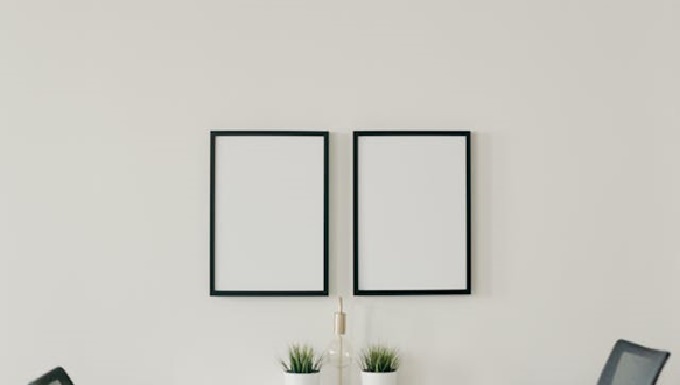Whether you are buying art for your home or you are looking to start a collection, it can be quite exciting. Not to mention, buying art can be a great investment if you do it right.
If you have any experience with art before, you might already know a thing or two. If you haven’t been to any art shows or studied it, then you might have some trouble getting started because it can take quite a lot of know how to do well.
To give you an idea, here are some common mistakes that you should avoid when you are buying art.
1. Not Doing Your Research
One of the biggest mistakes people make when buying art is not doing enough research. Before purchasing any piece of art, you should learn about the artist, the artwork, and the market.
You can start by researching the artist. Find out what you can about their background, what kind of work they do, and how well-known they are. You should also look into their previous sales and see how their work has appreciated over time. This will give you an idea of whether the artwork is a good investment.
Then, you should look into the art itself. Try to understand the techniques used, the medium, and the subject matter. For instance, if bright color beach oil paintings catch your eyes, try to learn about what makes these paintings unique.
You should also look at the market and see what the rates are for similar pieces to get an idea of what you should pay for it.
2. Ignoring Your Personal Taste
Another mistake people usually make is buying something just because it seems trendy or might be a good investment. Even if you don’t really like it.
You see, art is supposed to be a form of self-expression, which is why your collection should reflect your tastes and interests.
Before making a purchase, think about what kind of art speaks to you. Do you prefer abstract or realistic art? Are you drawn to certain colors or themes? By understanding your preferences, you can choose pieces that you will enjoy for a long time.
3. Not Setting a Budget
When you are looking into contemporary art for sale or any other type, you might forget your budge if you get carried away. After all, it can be quite beautiful.
Before you start shopping, decide how much you can easily spend. This will help you narrow down your options and prevent you from overspending.
When you are setting your budget, consider not just the purchase price, but also add the extra costs like framing, shipping, and insurance.
4. Overlooking Provenance and Documentation
Another important aspect of buying art is provenance and documentation.
If you are new to the art scene, you might not know what that means or how to do it. Basically, provenance is the history of the artwork. When you check the provenance, you find out everything from who the previous owners were to where it was exhibited previously.
Documentation can include a lot of things from the appraisals people had done over the years to the certificate of authenticity. This can help you verify the origin and value of the art. Without proper documentation, it can be difficult to verify the authenticity of the artwork, which can affect its value.
That is why you should always ask the seller for provenance and documentation. If they can’t provide it, you might want to reconsider the purchase. Unless it is a brand new piece.


